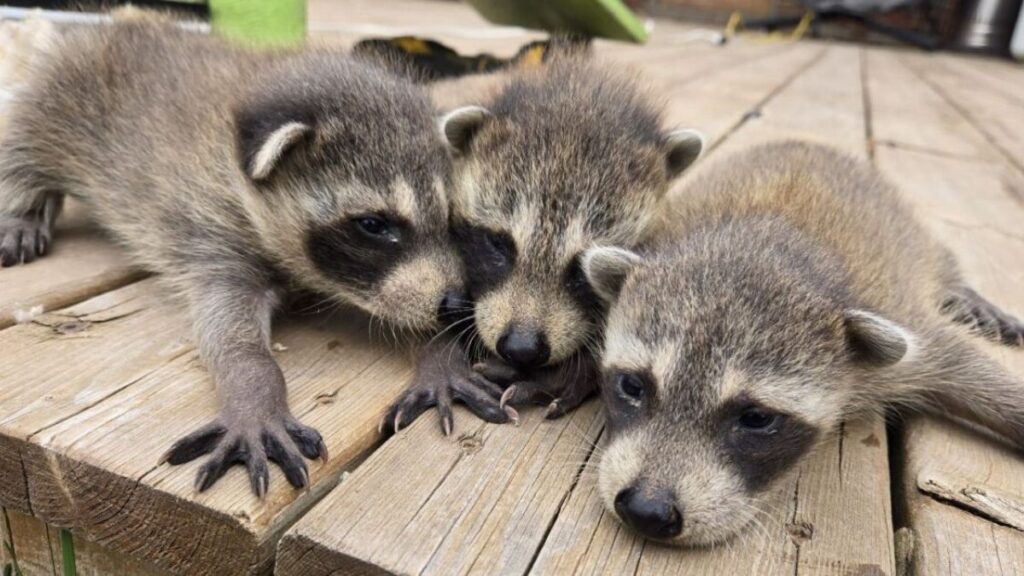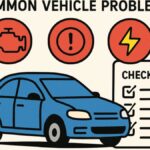Finding a raccoon in your garbage is a common Scarborough annoyance. Finding one in your attic, however, is a full-blown crisis. When you hear those tell-tale scratches, thumps, and chittering sounds above your ceiling, the first instinct for many homeowners is to jump into action. A quick search online presents a barrage of DIY solutions: “The Best Raccoon Repellents,” “How to Trap a Raccoon Yourself,” “Block That Hole!”
The temptation is understandable. You want the problem gone—now. And surely, you can save a few dollars by tackling this masked intruder on your own, right? How hard can it be?
Unfortunately, this line of thinking is a trap of its own. When it comes to raccoon control, the DIY route is not just frequently ineffective; it is fraught with significant risks to your health, your property, and the welfare of the animal itself. What seems like a simple fix often escalates into a far more dangerous and expensive nightmare. Before you buy that trap or climb that ladder, it’s crucial to understand what you’re really up against.
The Peril You Can’t See: Health and Safety Risks
The most immediate and serious danger of DIY raccoon control is the risk to your personal safety. Raccoons are not the cuddly cartoon characters they resemble. They are wild animals, and a cornered raccoon, or worse, a mother protecting her young, is a formidable and aggressive opponent. They are surprisingly strong, fast, and equipped with sharp teeth and claws. Attempting your own raccoon removal in Scarborough is a direct invitation for a nasty bite or scratch, which is more than just a painful injury—it’s a serious medical emergency.
Raccoons are primary vectors for rabies, a fatal neurological disease. Any bite or scratch must be treated with immediate medical attention, often requiring a painful series of post-exposure shots. But rabies isn’t the only threat. Raccoon feces can be contaminated with the eggs of Baylisascaris procyonis, or raccoon roundworm. This parasite is relatively harmless to the raccoon but can be devastating to humans if eggs are accidentally ingested (for example, by touching a contaminated surface and then your mouth). The larvae migrate through the body and can cause severe, permanent neurological damage or even death. Children are especially at risk.
Furthermore, their droppings and urine carry leptospirosis, salmonella, and other dangerous bacteria that can become airborne in a confined space like an attic. When you enter that space to “solve” the problem, you could be breathing in a host of pathogens without even realizing it.
The Escalation: When DIY Worsens Property Damage
Let’s say you avoid a bite and don’t get sick. The next major hurdle is your property. Raccoons are incredibly powerful and persistent. A common DIY “fix” is to simply find the entry hole—on the roof, in a soffit, or through a vent—and block it off with some wire mesh or a piece of wood. This is almost always a catastrophic mistake.
There is a very high chance the raccoon is not outside when you do this. If you trap the raccoon inside your attic, it will panic. It will not quietly accept its fate. It will tear, claw, and chew through drywall, electrical wires, and ductwork in a desperate attempt to escape, causing thousands of dollars in damage.
Even worse is the most common scenario, especially from spring through fall: you have a mother raccoon with her litter of kits. If you block the hole, you have just separated her from her babies. She will unleash her full strength on your home to get back to them, ripping apart shingles, siding, and anything else in her way. If she fails, and you’ve only trapped the babies inside, you are left with an unspeakably cruel situation. The kits will die, and the resulting stench of decay will permeate your home, requiring professionals to cut through your walls or ceilings to find and remove the source. This is not only a tragic outcome but also creates a new biohazard and attracts a secondary infestation of insects.
The Legal and Ethical Quagmire
The “kits” scenario highlights the deep ethical problems with DIY removal. Separating a mother from her young is inhumane. Professionals, by contrast, are trained to identify the presence of kits (which are often hidden in inaccessible voids) and use methods like one-way doors. These clever devices allow the mother to leave with her kits—she will physically carry them out one by one to a secondary den—but prevents her from getting back in. This is the only humane and effective method.
Moreover, wildlife control in Ontario is regulated. It is illegal for an unlicensed individual to trap and relocate wildlife beyond a very short distance (which is ineffective anyway, as the animal will return or another will take its territory). You cannot simply trap a raccoon and drive it “to the country.” This is considered abandonment, and it’s illegal for a reason. Relocated animals rarely survive, and you risk illegally transporting a sick animal into a new area. Licensed professionals operate under specific permits and follow strict guidelines set by the Ministry of Natural Resources and Forestry.
What to Do Instead: The Professional Solution
If DIY is dangerous, ineffective, and inhumane, what is the correct course of action? The answer is to engage a professional. True raccoon control in Scarborough is not just “removal”—it’s a multi-step process that addresses the entire problem.
First, a trained technician will perform a thorough inspection. They don’t just find the main hole; they assess your entire roofline and foundation to find all potential entry points, current and future. They determine if kits are present, which dictates the entire removal strategy.
Second, they implement a humane eviction and removal plan, typically using the aforementioned one-way door system and other proven techniques.
Third, after confirming the animals are gone, they begin the crucial exclusion work. This isn’t a simple patch. This means using heavy-gauge steel mesh, metal flashing, and other durable materials to permanently and professionally seal all entry points, ensuring raccoons (and other wildlife) can’t use your home as a den ever again.
Finally, they will offer cleanup and decontamination services, safely removing the hazardous feces and urine-soaked insulation, deodorizing the space, and restoring it to a safe condition.
Navigating the complexities of raccoon behavior and safe removal is a significant challenge. If you’re facing a persistent wildlife issue, it’s often best to consult with experts who understand the nuances of the local situation. For comprehensive pest control in Scarborough, the team at Pestong has the experience to not only solve the immediate problem but also secure your home against future intrusions, ensuring peace of mind for your family.
Conclusion: A Job for the Experts
The DIY spirit is admirable, but some jobs are simply not worth the risk. Raccoon control is a textbook example. What starts as an attempt to save money can quickly spiral into a costly disaster involving property damage, serious health risks, and animal cruelty. By trying to handle it yourself, you are taking a gamble where the stakes are your family’s health and the structural integrity of your home. Don’t take that chance. Make the safe, effective, and humane choice. Call a professional.







